Standley Chasm, known as Angkerle Atwatye in the local Indigenous language, is a significant cultural and geological site located in Central Australia. The chasm’s history is deeply intertwined with Indigenous Australian Dreamtime stories and geological processes spanning billions of years.
According to story boards in the park, Angkerle Atwatye was named after Mrs Ida Standley, who served as a teacher in the area from 1920-1978. This was done as a mark of respect for her educational work in the Alice Springs area and with the nearby Jay Creek community.
The creation story of Angkerle Atwatye involves Euro Dreaming (Renge Tnengkarre), a significant part of Indigenous Australian spirituality. In the Dreamtime, ancestral beings created the landscape and its features during their journeys. These creators formed mountains, rivers, rockholes, gorges, and other culturally significant sites. The essence of these ancestral beings is believed to still reside in the landscape today. There was one particular point in the access path where on both on thew way in and on the way out I felt an intense sadness, to the point of almost bringing tears to my eyes. It was more significant on the way in, possibly because it was unexpected, but when I spoke to one of the staff later, I was told that this is not unusual. Others have had a similar experience.
Geologically, Standley Chasm is a marvel. The quartzite walls were formed by ancient seabeds approximately 2.2 billion years ago, making them some of the earliest mineral formations on the planet. The chasm’s distinctive red surface is actually due to oxidation of the blue-grey quartzite. An interesting feature is the chasm’s north-south orientation, which allows direct sunlight to enter for only about 90 minutes at midday, creating an impressive glow on the walls.
The chasm floor showcases a wide variety of rocks and minerals, transported by water and time, constantly evolving the riverbed. Despite the rocky surface, a creek continues to flow underneath, exemplifying the chasm’s ongoing geological processes.
When visiting Standley Chasm, look out for the rare Desert Flannel Flower (Actinotus schwartzii), a white flowering perennial shrub that grows high in the elevated shade of the chasm. What you will see though, are a number of McDonnell Ranges Cycad, remnants from the flora that proliferated here when dinosaurs roamed the planet. In fact, these plants can be thought of as being dinosaur food.
Be aware thoigh, that the chasm is part of a larger cultural site, with some areas restricted from general public access out of respect for its cultural significance. Please respect this significance.
To get to Standley Chasm, visitors typically drive about 50 km west of Alice Springs along Larapinta Drive, then turn onto a sealed road leading to the chasm. The site is managed by the local Iwupataka Land Trust, ensuring that tourism is conducted respectfully and sustainably.
For Indigenous Australians, particularly the local Arrernte people, Standley Chasm holds immense spiritual and cultural significance. It’s not just a beautiful natural formation, but a living connection to their ancestors and traditional stories. Visitors are encouraged to approach the site with respect and an openness to learn about its deep cultural importance.

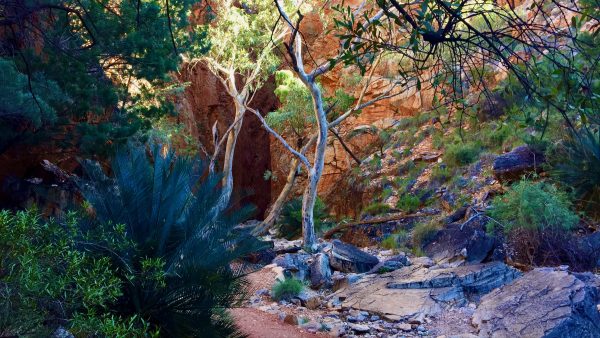
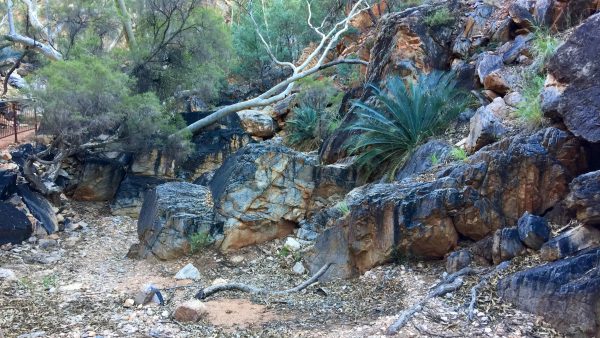
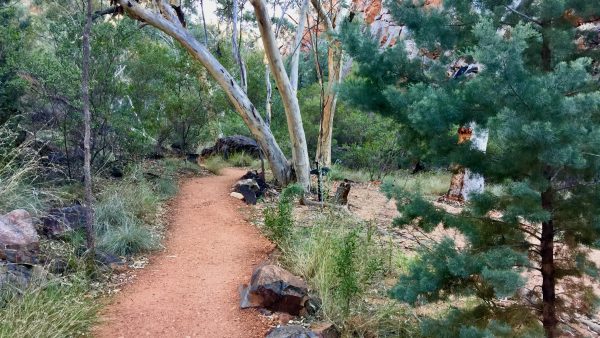
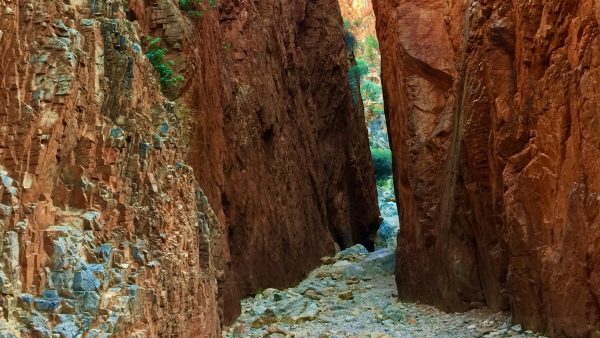
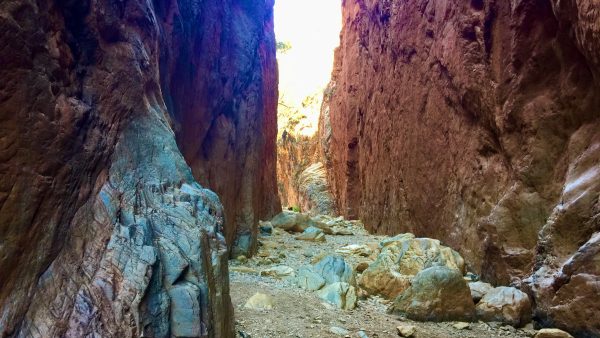
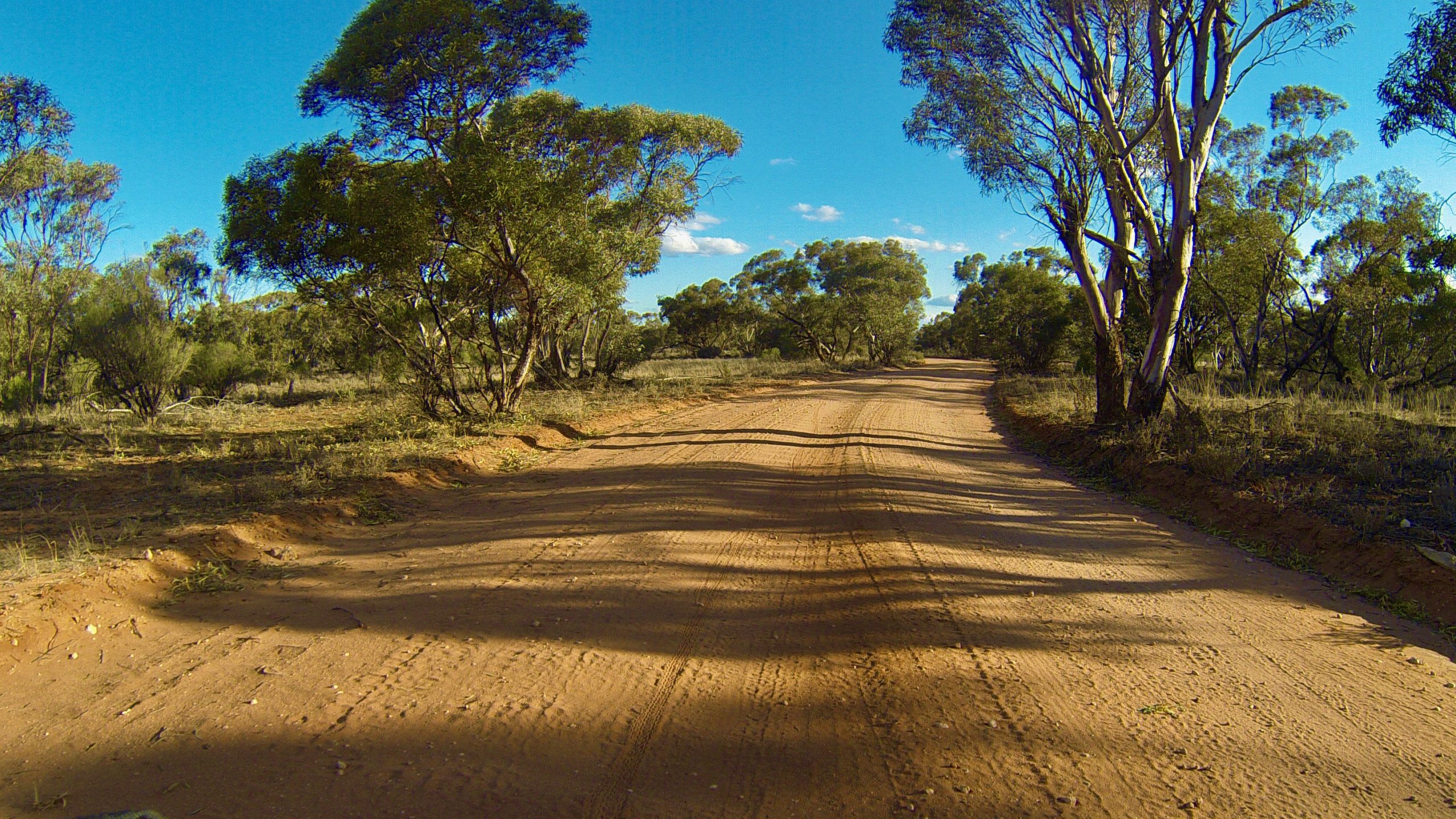
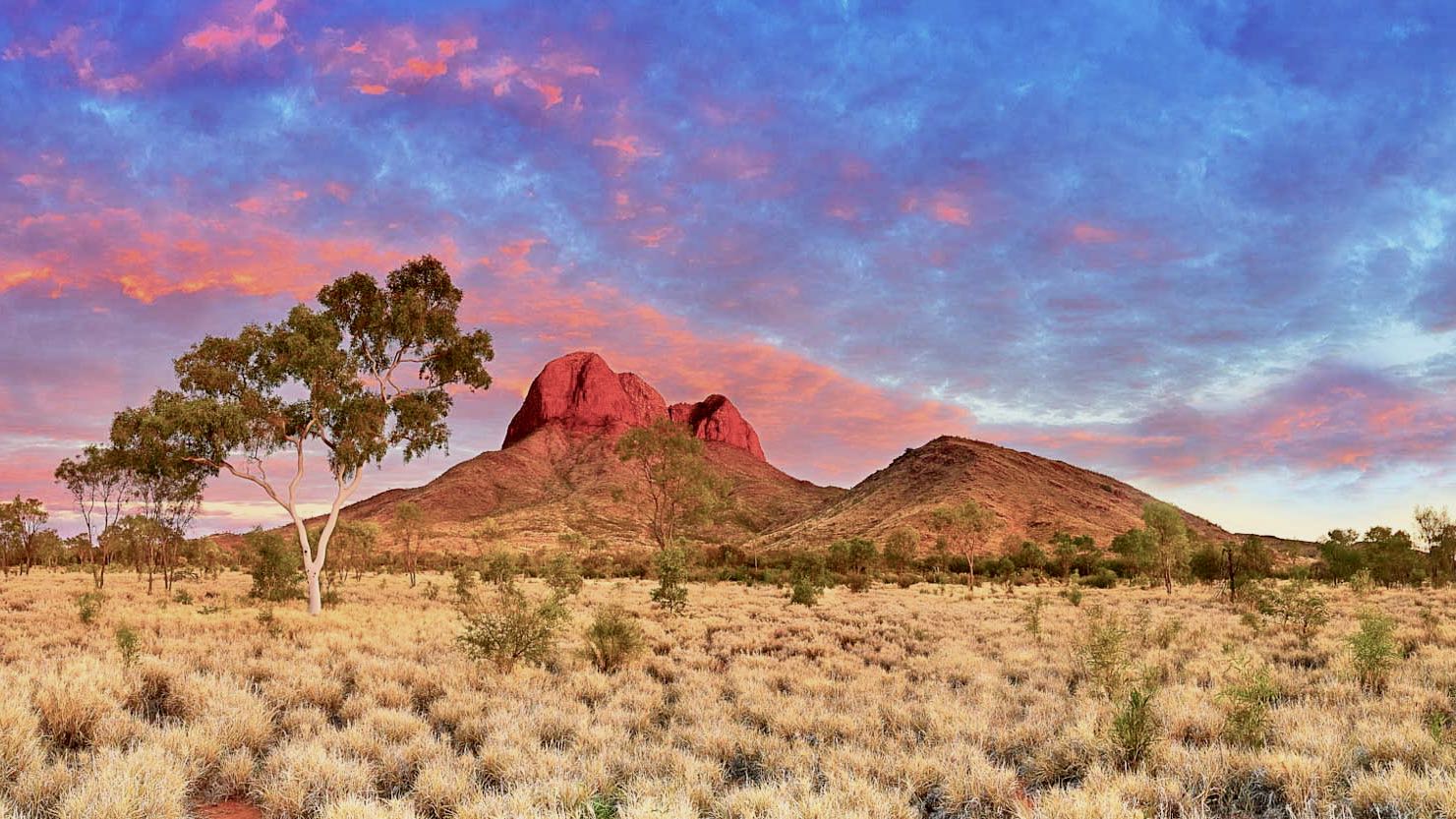
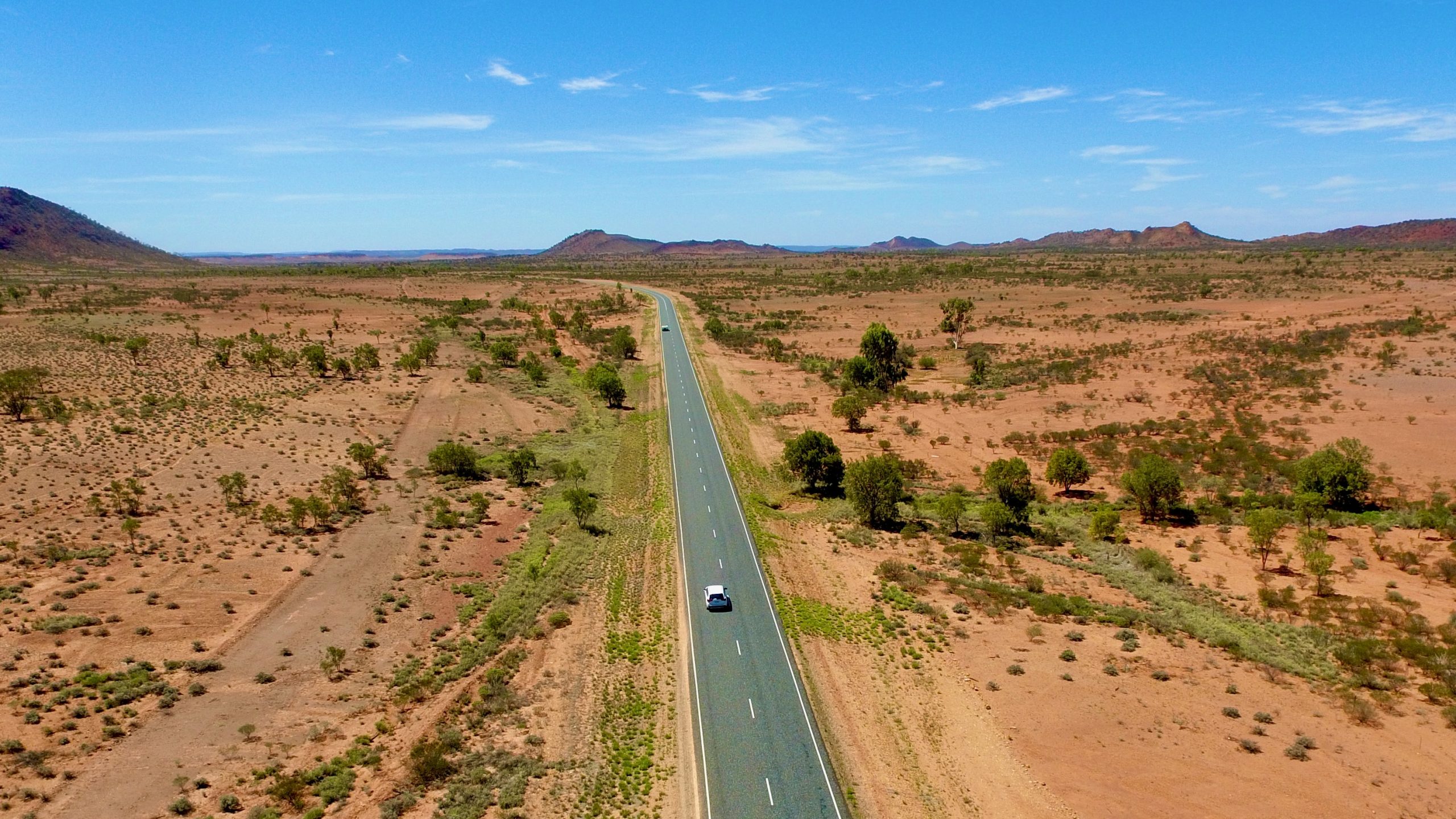
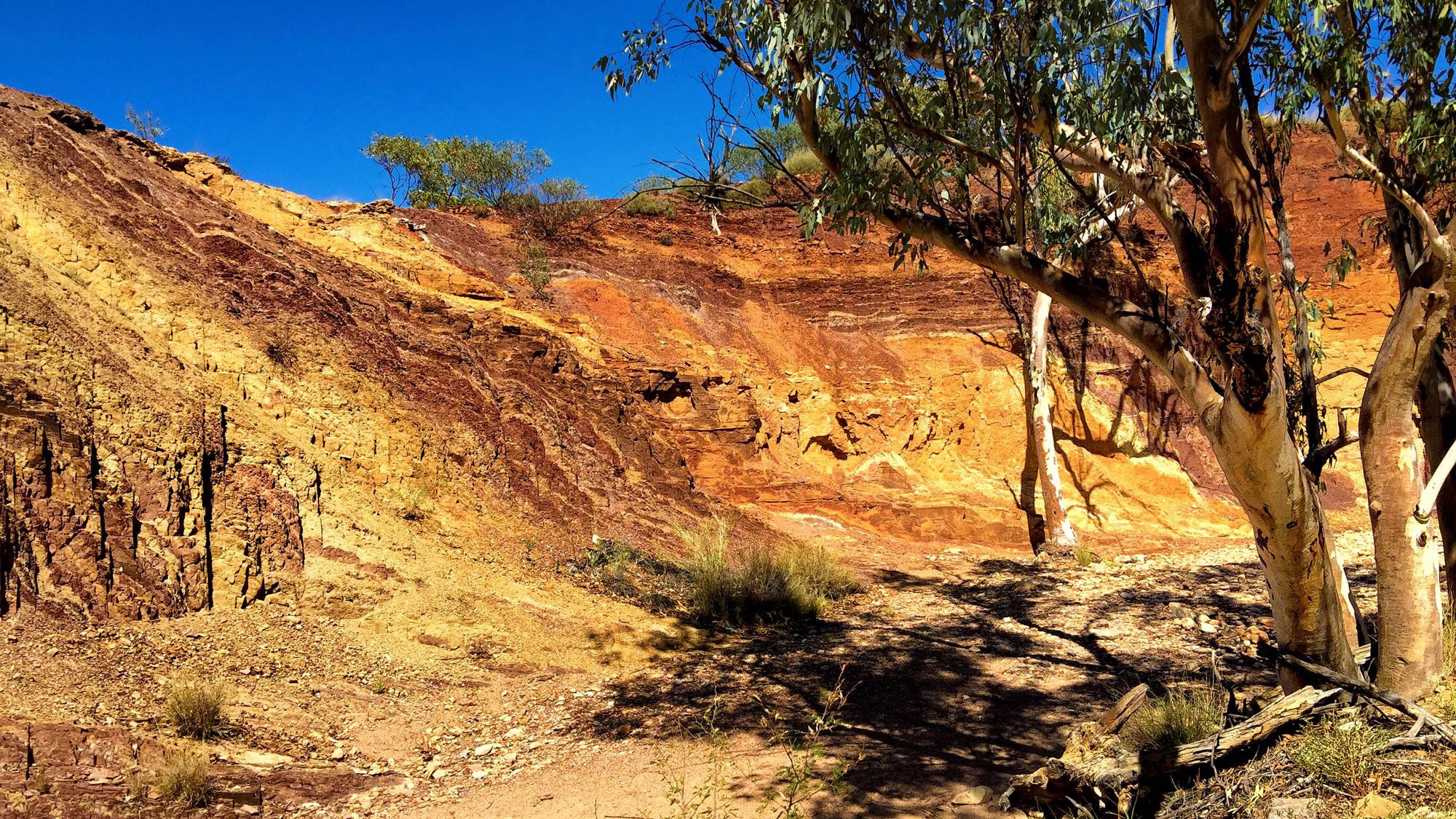
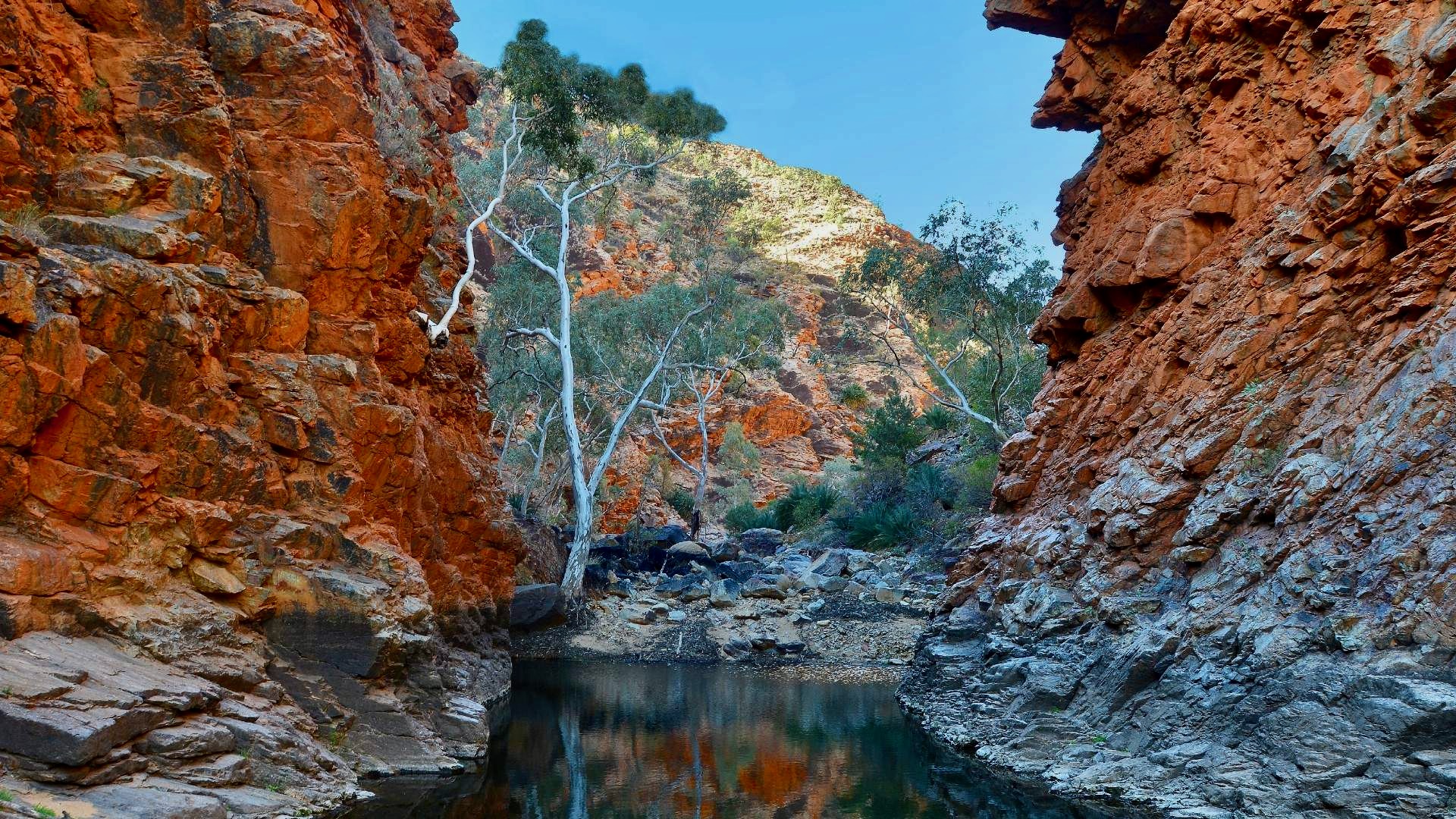
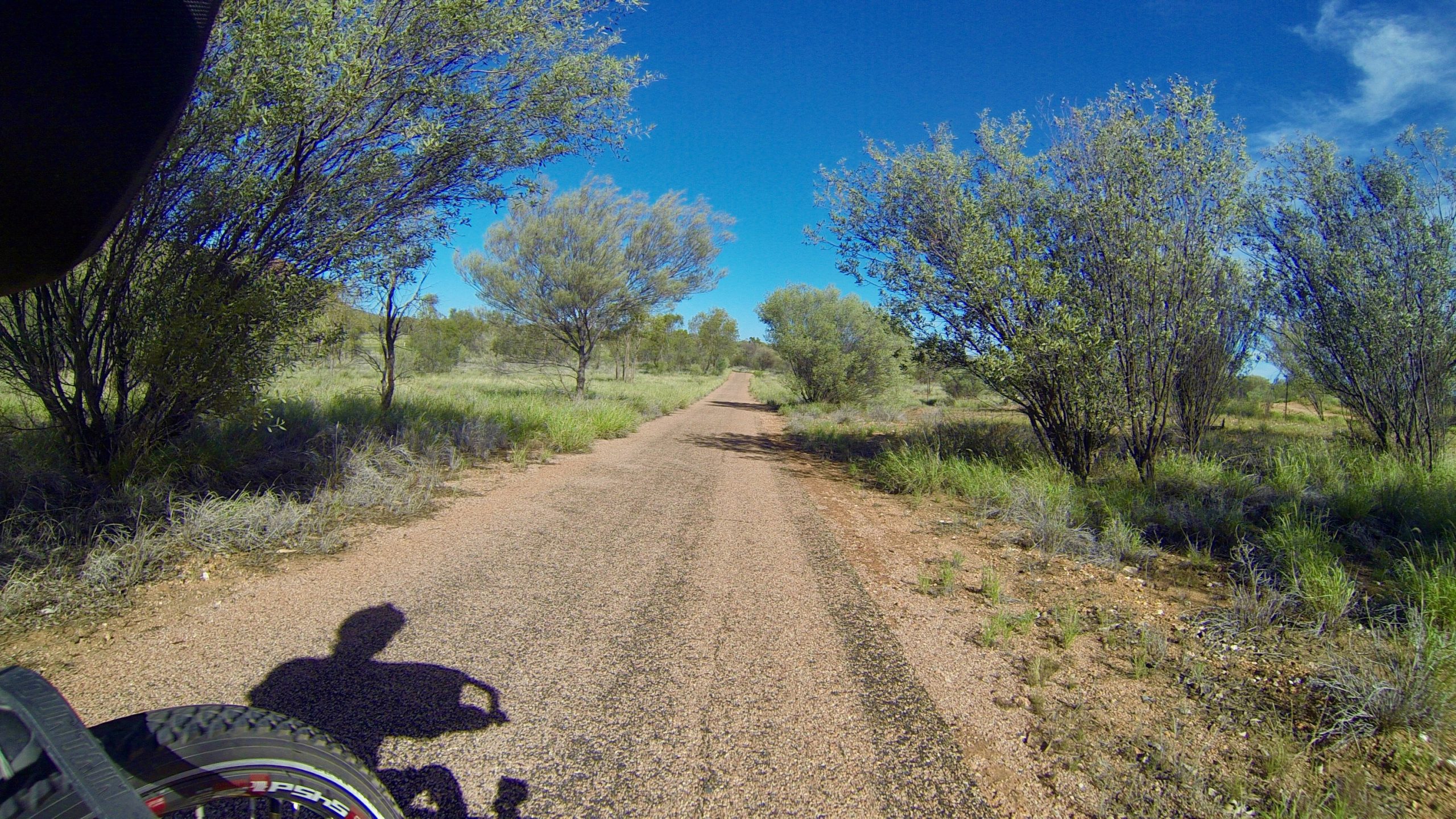
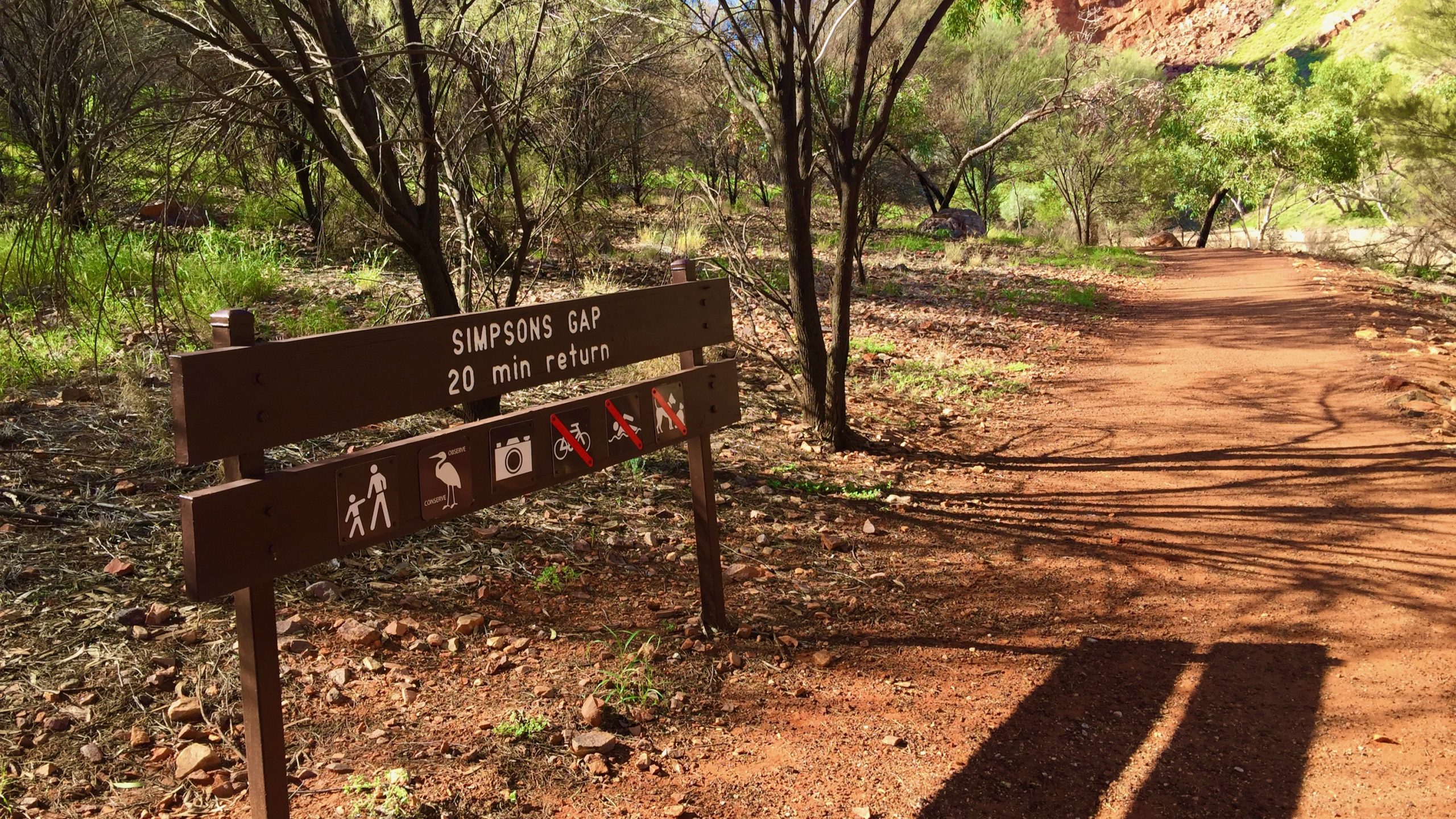

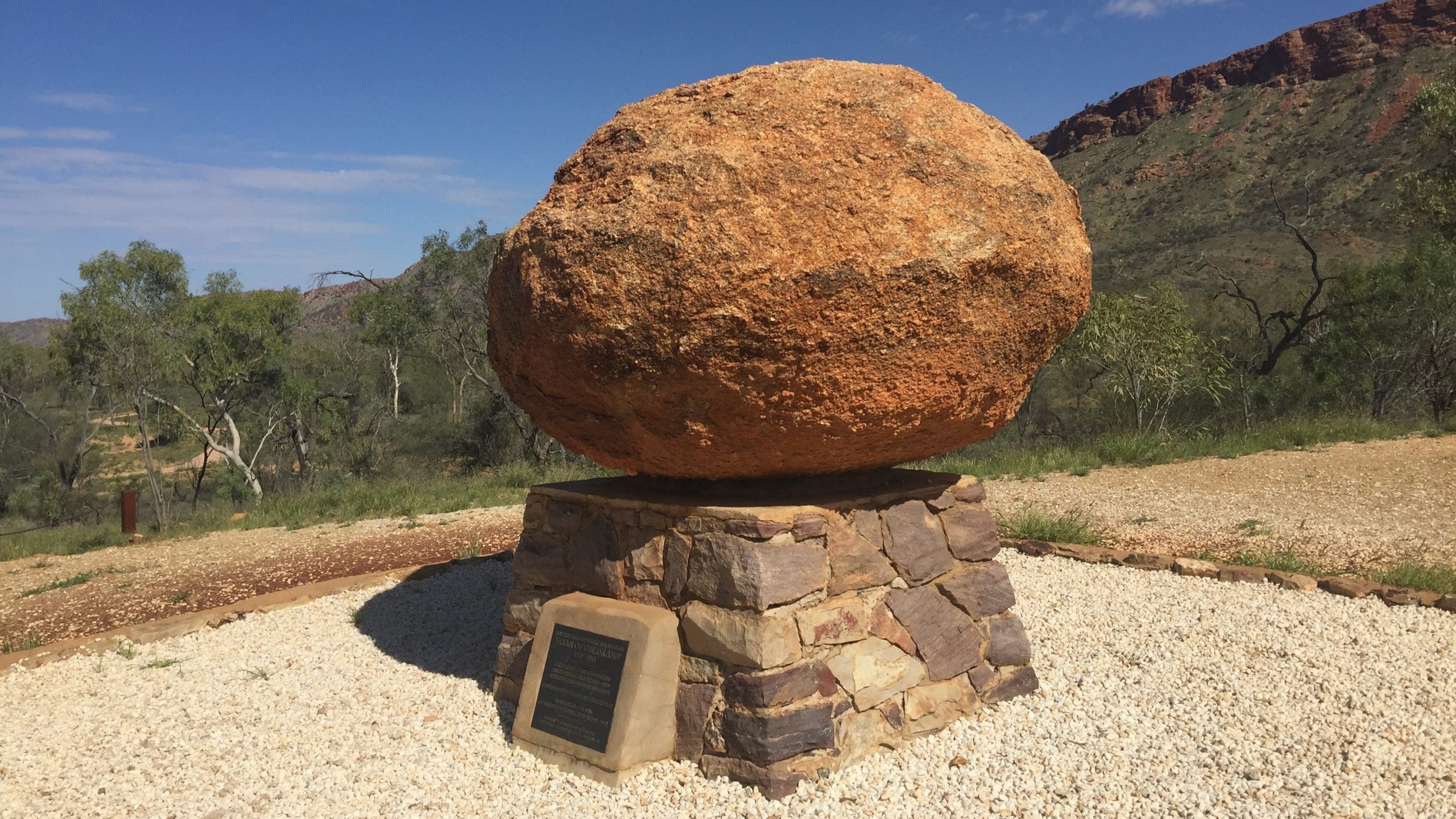
Leave A Comment